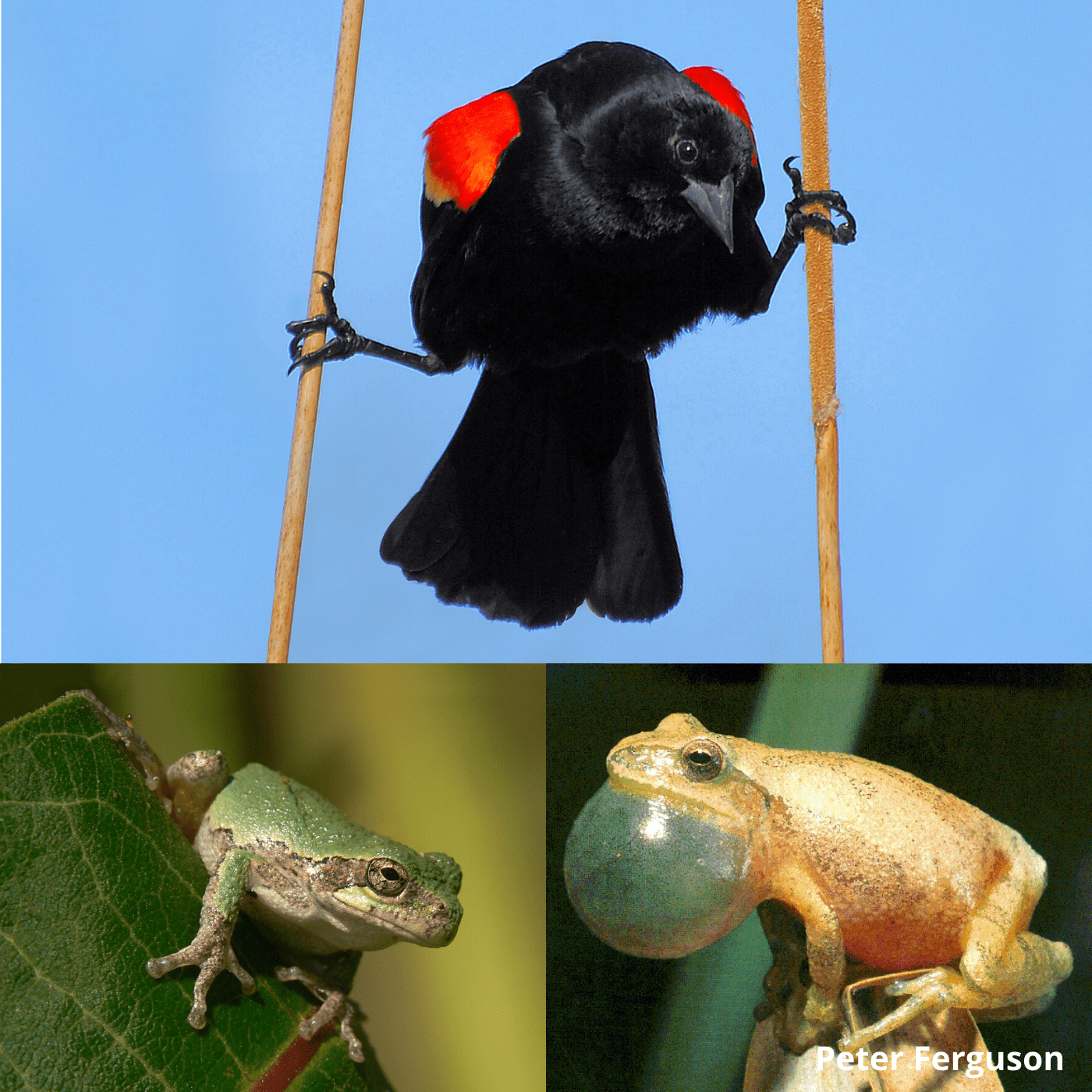Marsh Monitoring Program Training Files
The following recordings are from the original the MMP training CD that each participant receives with their kit. The Marsh Monitoring Program would like to thank Lang Elliott and NorthWood Press for permission to use several recordings from his excellent CD, the Calls of Frogs and Toads. In addition Mary Gartshore and Ron Ridout kindly provided additional field recordings. The Marsh Monitoring Program would like to thank Monte Brigham, Lang Elliott and the Library of Natural Sounds at Cornell for permission to use their recordings reproduced on the MMP instructional CD.

